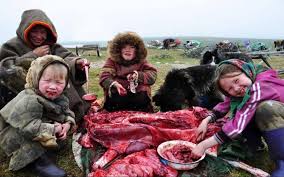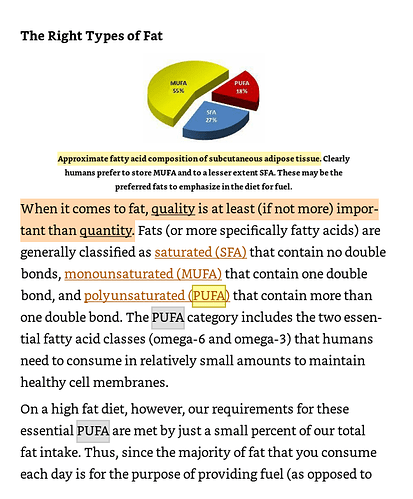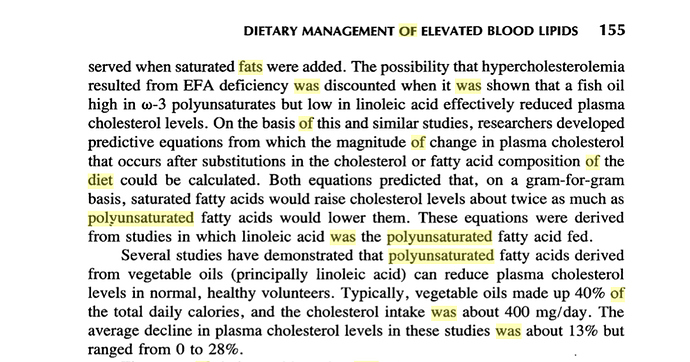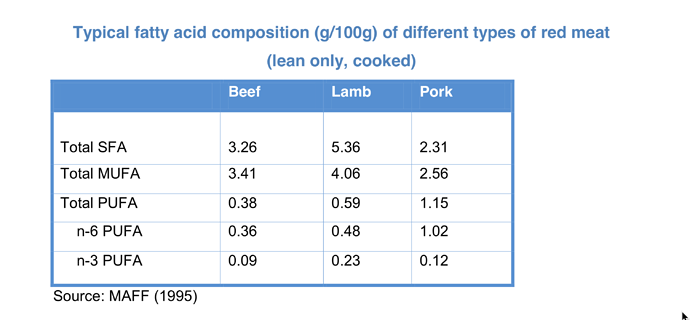It is definitely nose-head-to-tails with the traditional Eskimo ancestral diet and raw at that!


I see a lot of people reference Vilhjalmur Stefansson (pictured above) as a reason for the science behind the carnivore diet however the presumption centers around saturated fats, but what is misunderstood is that what the Inuit Eskimo diet actually consisted of was rich in polyunsaturated and unsaturated fats from the wild undomesticated game for sources of sustenance that includes the fat of wild land mammals and ocean mammalian marine-life and fish like whale skin rich in collagen, and the unsaturated, polyunsaturated fat from polar bears, seals, whales, caribou etc. this is not the same thing as eating mostly saturated fatty meat?
Highly refined sugar and highly processed carbohydrates do not mix with any kind of high fat intake[1] which seems to be the real culprit or maybe it is safe to say ‘is’ the culprit with the Inuit eating half traditional and half modern diets[2]?
References:
[1] Disorders of Lipid Metabolism By G.V. Marinetti (screen shots)
[2] “…Fats have been demonized in the United States, says Eric Dewailly, a professor of preventive medicine at Laval University in Quebec. But all fats are not created equal. This lies at the heart of a paradox—the Inuit paradox, if you will. In the Nunavik villages in northern Quebec, adults over 40 get almost half their calories from native foods, says Dewailly, and they don’t die of heart attacks at nearly the same rates as other Canadians or Americans. Their cardiac death rate is about half of ours, he says. As someone who looks for links between diet and cardiovascular health, he’s intrigued by that reduced risk. Because the traditional Inuit diet is “so restricted,” he says, it’s easier to study than the famously heart-healthy Mediterranean diet, with its cornucopia of vegetables, fruits, grains, herbs, spices, olive oil, and red wine. A key difference in the typical Nunavik Inuit’s diet is that more than 50 percent of the calories in Inuit native foods come from fats. Much more important, the fats come from wild animals. Wild-animal fats are different from both farm-animal fats and processed fats, says Dewailly. Farm animals, cooped up and stuffed with agricultural grains (carbohydrates) typically have lots of solid, highly saturated fat. Much of our processed food is also riddled with solid fats, or so-called trans fats, such as the reengineered vegetable oils and shortenings cached in baked goods and snacks. “A lot of the packaged food on supermarket shelves contains them. So do commercial french fries,” Dewailly adds. Trans fats are polyunsaturated vegetable oils tricked up to make them more solid at room temperature. Manufacturers do this by hydrogenating the oils—adding extra hydrogen atoms to their molecular structures—which “twists” their shapes. Dewailly makes twisting sound less like a chemical transformation than a perversion, an act of public-health sabotage: “These man-made fats are dangerous, even worse for the heart than saturated fats.” They not only lower high-density lipoprotein cholesterol (HDL, the “good” cholesterol) but they also raise low-density lipoprotein cholesterol (LDL, the “bad” cholesterol) and triglycerides, he says. In the process, trans fats set the stage for heart attacks because they lead to the increase of fatty buildup in artery walls. Wild animals that range freely and eat what nature intended, says Dewailly, have fat that is far more healthful. Less of their fat is saturated, and more of it is in the monounsaturated form (like olive oil). What’s more, cold-water fishes and sea mammals are particularly rich in polyunsaturated fats called n-3 fatty acids or omega-3 fatty acids. These fats appear to benefit the heart and vascular system. But the polyunsaturated fats in most Americans’ diets are the omega-6 fatty acids supplied by vegetable oils. By contrast, whale blubber consists of 70 percent monounsaturated fat and close to 30 percent omega-3s, says Dewailly. Omega-3s evidently help raise HDL cholesterol, lower triglycerides, and are known for anticlotting effects. (Ethnographers have remarked on an Eskimo propensity for nosebleeds.) These fatty acids are believed to protect the heart from life-threatening arrhythmias that can lead to sudden cardiac death. And like a “natural aspirin,” adds Dewailly, omega-3 polyunsaturated fats help put a damper on runaway inflammatory processes, which play a part in atherosclerosis, arthritis, diabetes, and other so-called diseases of civilization. …More










